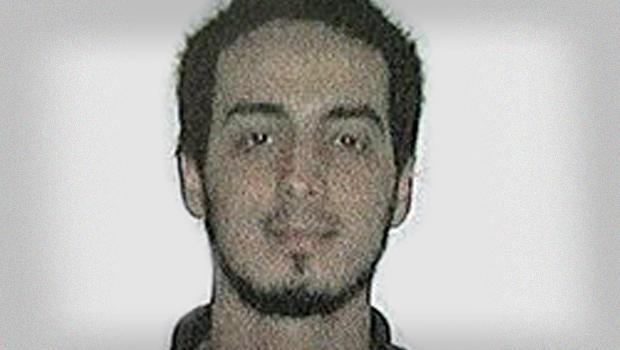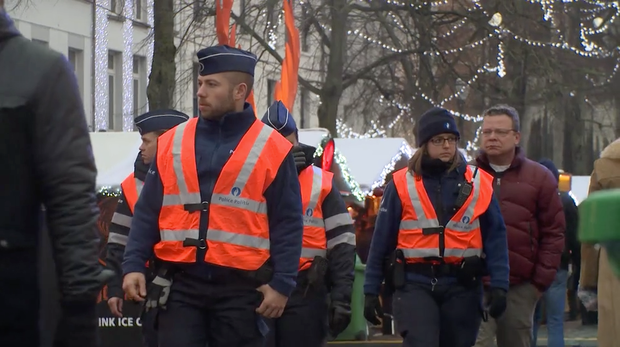Molenbeek and Schaerbeek: A tale of two tragedies
In the aftermath of the horrific terrorist attacks on Paris in November 2015, the massive manhunt for Salah Abdaslam -- the last remaining Paris attacker at large -- shined a global spotlight on the Brussels neighborhood of Molenbeek. At least six of the seven Paris attackers had connections there. And when Abdaslam was finally apprehended by the authorities on March 18, 2016, it was there that they found his safe house.
It looked as if there might be something uniquely awry in Molenbeek to render it so rife with ISIS recruitment and activity. A few days later, however, the world learned that Molenbeek wasn't the only terror breeding ground in Brussels.
On the morning of March 22, 2016, three men wheeled explosives into Brussels Airport, and two of them blew themselves up along with the devices. One of those suicide bombers turned out to be Najim Laachraoui, the university-educated electrical engineer turned bombmaker, who had constructed the deadly explosives for both tragedies.
When Laachraoui's story came into focus, so did the Brussels neighborhood where he grew up. Schaerbeek, a mere 16-minute drive from Molenbeek, shares many similarities in terror with its geographic cousin. Both districts sit in what is known as the "poor croissant" of Brussels. Both districts suffer from high youth unemployment rates (Schaerbeek's is 22 percent, Molenbeek's a staggering 40). And both districts are home to large Muslim populations. The makeup of those populations, however, is quite different.
"In Molenbeek, you have a very large community of people coming from Morocco. And in Schaerbeek, many people are coming from Turkey," said Françoise Schepmans, the Mayor of Molenbeek. "You have more diversity in a district like Schaerbeek. And I think this is one of the main difficulties of Molenbeek. Here, you have only one foreign community, which is Moroccan ... and they live in their own neighborhood and it is the problem."
Bernard Clerfayt, the Mayor of Schaerbeek, agrees that his district benefits from the added diversity of its immigrant population.
"We also have immigrants coming from Polish, from Romanian, from Bulgarian origin," Clerfayt explains. "Not only Arabians, not only Turks, not only Albanians. So it's very diverse, multicultural. And it is a good thing, as you do not have, as in Molenbeek, a ghetto effect, by having only one main Moroccan Arabian population."
Both Molenbeek and Schaerbeek, however, struggle to police their respective Muslim communities, due to a language barrier between the citizens and the cops.
In the CBSN Originals documentary, "Molenbeek: Terror Recruiting Ground," the borough's police commissioner told CBS News correspondent Vladimir Duthiers that there are simply not enough cops who speak Arabic on Molenbeek's police force to combat the growing threat of homegrown terror on its streets. Belgian citizens traditionally speak French and Dutch.
Schaerbeek's mayor insists his police force is a bit more multicultural, but still has a long way to go.
"A lot of our local police agents in the neighborhoods are from Moroccan, Turkish, Albanian, or even black African origin. But not enough, not yet enough," he explains. "We have a diversity policy in the hiring of new police forces, which is very active."
And the language barrier isn't the only challenge Molenbeek and Schaerbeek's police forces share. Both mayors consider their districts poorly underfunded. Mayor Schepmans says that Molenbeek's population has increased by 20,000 people since 1976, but the community's budget and number of police officers have remained the same. Likewise, Schaerbeek's police numbers have not changed in 16 years.
"The federal state decided to fund 666 policemen in the year 2000, on the base of several indicators and on the size of the population at that time" Mayor Clerfayt explains. "But the population grew about 20 percent since then."
For both neighborhoods -- both now at the center of Europe's growing terror threat -- that lack of funds may handicap the authorities in preventing future tragedies.



